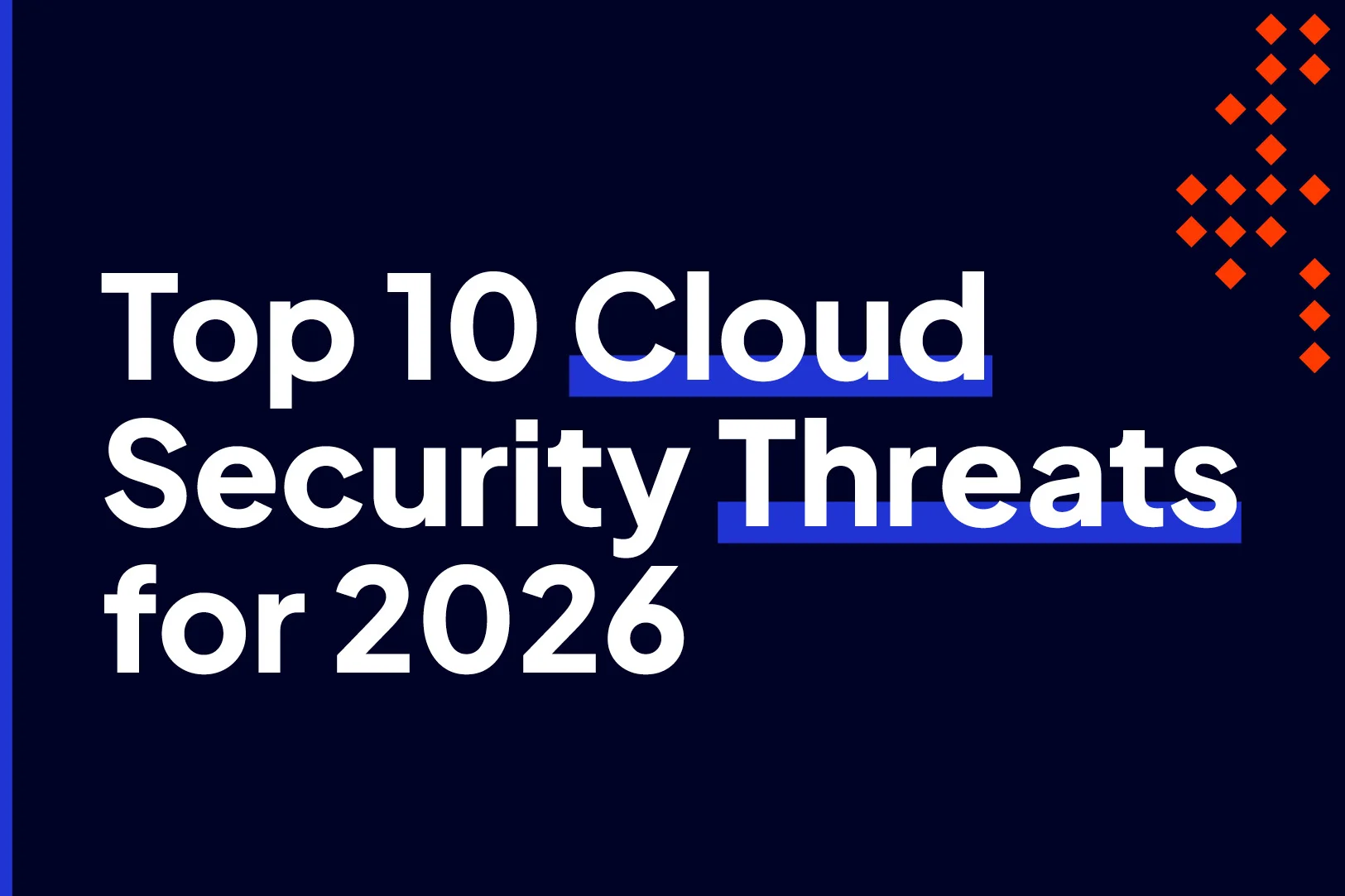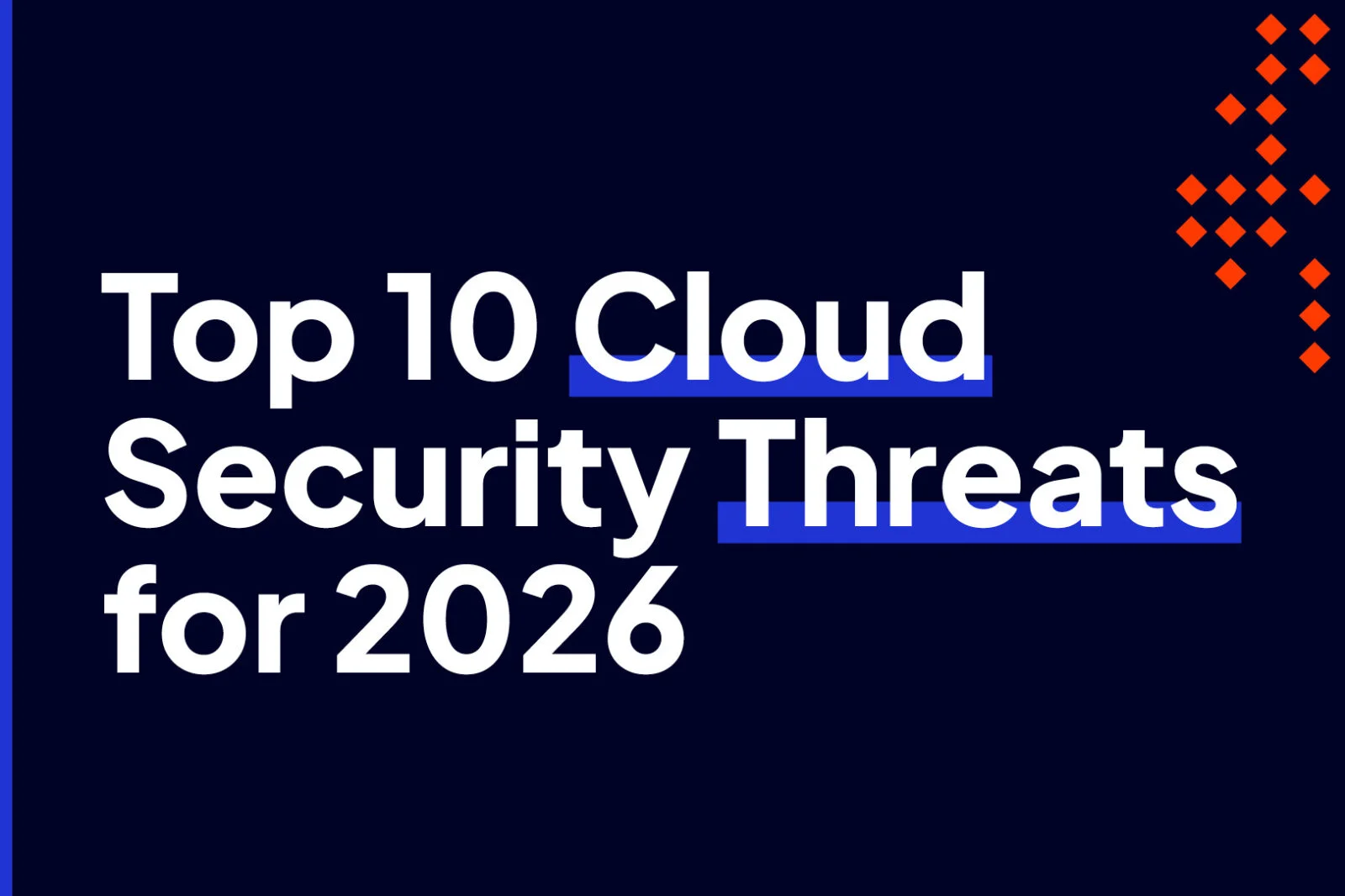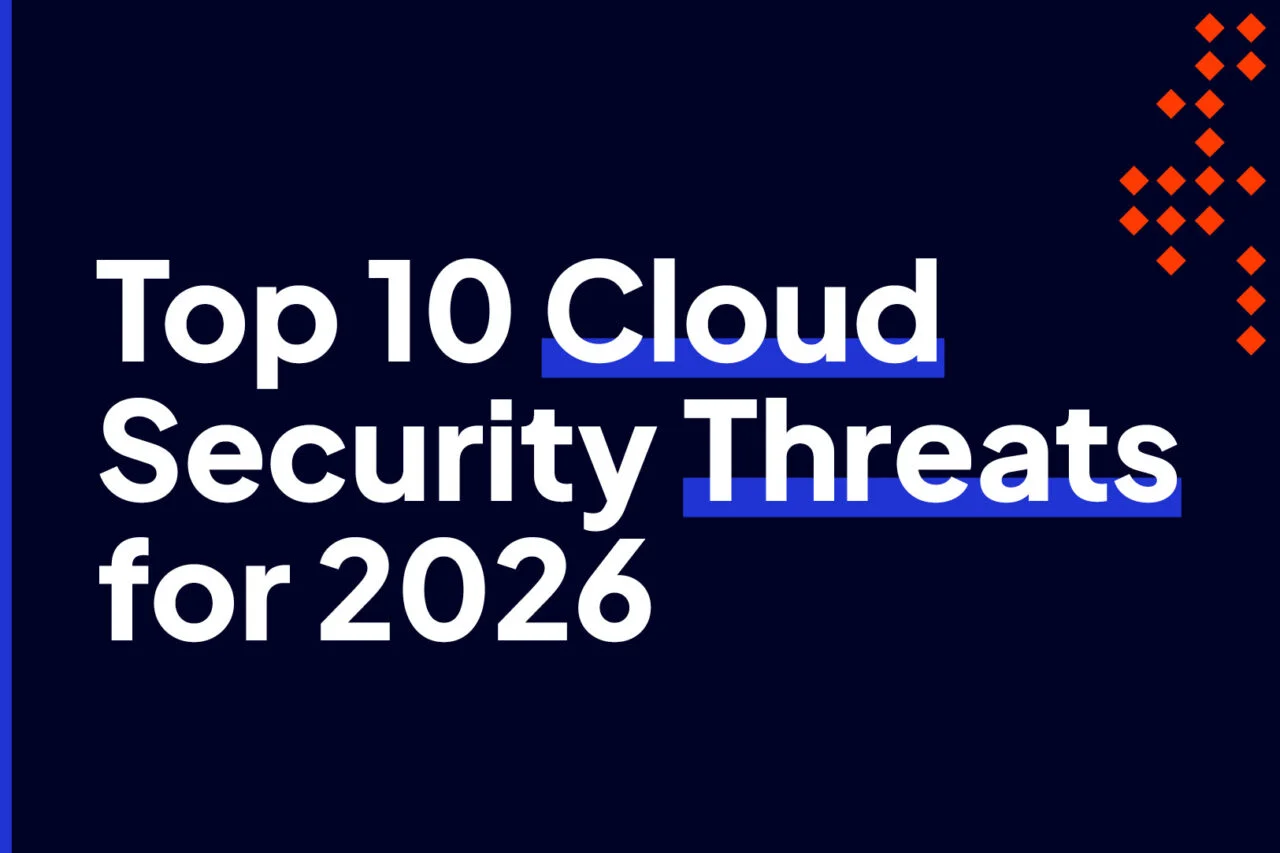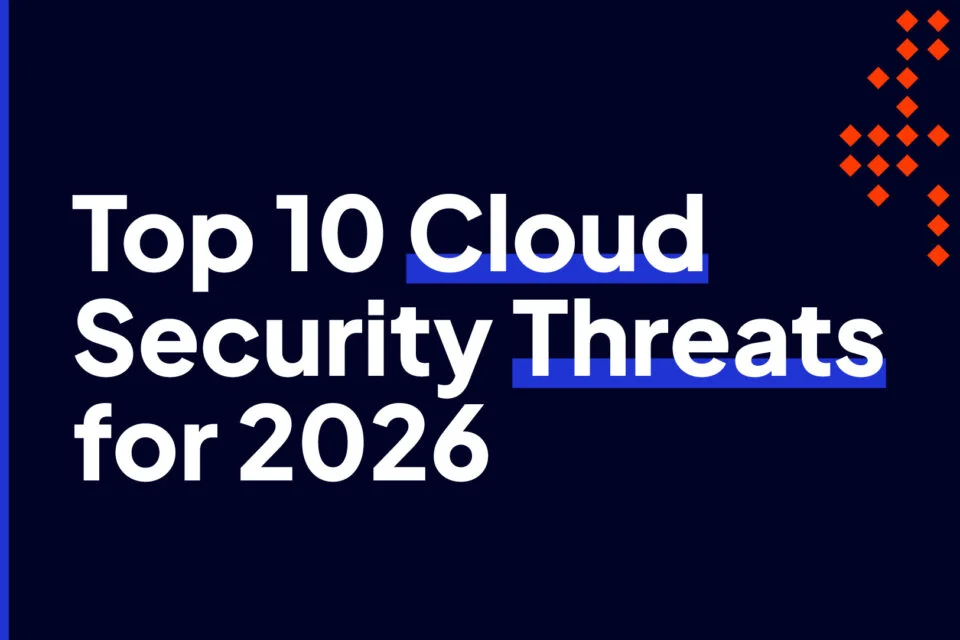






Companies are increasingly relying on Managed Service Providers (MSPs) to meet all their security needs, and rightfully so. The 2023 Cost of a Data Breach Report has identified MSPs among the key factors that can reduce the cost of a data breach. That said, while MSPs are expected to be experts in cybersecurity, they still encounter challenges along the way. In this post, we’ll review those challenges and recommend proven strategies that you, as an MSP, can adopt to navigate them.
Every MSP faces a unique set of challenges. But in our recent engagements with various MSPs, the following challenges are often mentioned:
Cybersecurity is a constantly evolving landscape. We see new threats emerge time and time again. That’s already a given. But what’s really concerning is how sophisticated threats are becoming. Today’s ransomware attacks, for instance, may involve decoy and double-extortion tactics that can catch you and your clients completely off guard.
The constantly increasing sophistication in the cyber threat landscape has resulted in an influx of different cybersecurity tools. As an MSP, the businesses you serve may vary in size, risk appetite, and industry. Consequently, the array of threats you must defend against can be more diverse than usual. As a result, you often find yourself needing to assemble a broader range of tools in your arsenal. That can bring about more costs, complexity, and management responsibilities to your organization.
How do you deal with the two issues outlined above? Well, one obvious strategy would be to beef up your cybersecurity team. That’s easier said than done. We continue to face a cybersecurity skills gap that’s going to keep you from filling up badly needed positions for a long time. Worse, even when you do manage to fill these positions, it would still be a challenge to retain the people you hired.
Back in the day, your cybersecurity strategy would’ve had a lot to do with fortifying your clients’ network perimeters. That approach is no longer enough. With most of your clients now adopting new technologies like cloud computing, mobile, and Internet of Things (IoT), as well as new work practices like remote and hybrid work, you now have to deal with an expanding attack surface that has rendered the concept of a network perimeter all but obsolete.
So how do you deal with these challenges as an MSP? Here are some tips to consider.
Navigating today’s complex cybersecurity landscape is a formidable task for MSPs. The obstacles are multifold—more sophisticated cyber threats, a persistent lack of skilled cybersecurity professionals, and the expanding attack surface due to emerging technologies and changing work practices. This section provides strategic advice you can apply to effectively address these challenges and continue providing comprehensive security solutions.
Relying on reactive strategies in today’s cybersecurity landscape is a recipe for disaster. By the time you discover a threat, it would have already ensnared a big chunk of your network or exfiltrated volumes of data. You need to be more proactive. You’ll want to focus on prevention or, if that doesn’t work, early detection. A proactive stance will enable you to act on threats before they turn into business-impacting incidents.
One proactive strategy you’ll want to adopt is threat intelligence. Threat intelligence can give you the knowledge and insight to more effectively detect, prevent, and respond to cyber threats. Another strategy that works extremely well with threat intelligence is threat hunting. We discussed modern approaches to threat intelligence and threat hunting in the blog post Threat Intelligence Strategies for MSPs in 2023. I encourage you to check it out.
The idea is to neutralize threats early in the kill chain. If you can stop a ransomware from detonating or prevent a network intrusion from turning into a full-blown data breach, you’ll save your clients a lot of trouble.
Cyber threat sophistication will continue to grow. There is nothing you can do about that. However, you’ll only be making the problem worse if you also complicate things at your end. Instead of getting caught in the shiny object syndrome, purchasing security tools left and right, try to simplify things. Look for tools that can consolidate multiple security tasks.
Invest in cutting-edge cybersecurity tools that leverage Artificial Intelligence/Machine Learning (AI/ML) technology. AI/ML can greatly simplify various security tasks such as threat detection, automated incident response, and behavioral analytics. They’ll allow you to process large volumes of threat intelligence and telemetry data much faster.
Automate processes whenever you can. For example, a typical security operations playbook may involve:
If you can automate the steps in your playbooks the way, for instance, Applied Threat Intelligence does for the general playbook above, you can save a substantial amount of time, energy, and manpower.
As threats continue to evolve, so should you. Continue learning about new threats, countermeasures, and security best practices. More importantly, be willing to gradually let go of outdated solutions and countermeasures, and embrace new ones. For example, you must stop relying on signature-based detection methods, which used to be the de-facto method for fighting malware but are now ineffective against polymorphic malware and zero-day threats.
Invest in continuous training and education for your staff. Cybersecurity is a dynamic field that requires continuous learning and up-skilling. Regular training sessions can help your team stay up-to-date with the latest threats and mitigation techniques. Additionally, consider encouraging your team members to achieve cybersecurity certifications. This not only boosts their competence but also enhances the credibility of your MSP in the eyes of clients. A well-trained team is your best defense against sophisticated cyber threats.
Despite your best efforts and the presence of advanced security solutions, end users still play a critical role in an organization’s security posture. One careless click can lead to a data breach, malware infection or other cyber incident. Educating your clients on cybersecurity best practices is crucial in ensuring overall protection.
Implement a comprehensive cybersecurity awareness program for your clients that covers a wide range of topics; from recognizing phishing emails and secure password practices to understanding the implications of a data breach. Regular newsletters, webinars, and onsite seminars can be effective methods of communication. The goal is to empower the end-users, making them an integral part of the defense strategy, rather than the weakest link.
Today’s cybersecurity landscape has become more challenging than ever. But as your clients’ trusted MSP, you have the unique opportunity to help them navigate these challenges and stay ahead of emerging threats. By adopting proactive strategies, simplifying your security stack, adapting new solutions and countermeasures, and educating your clients in cybersecurity awareness, you and your clients can navigate those challenges with ease.